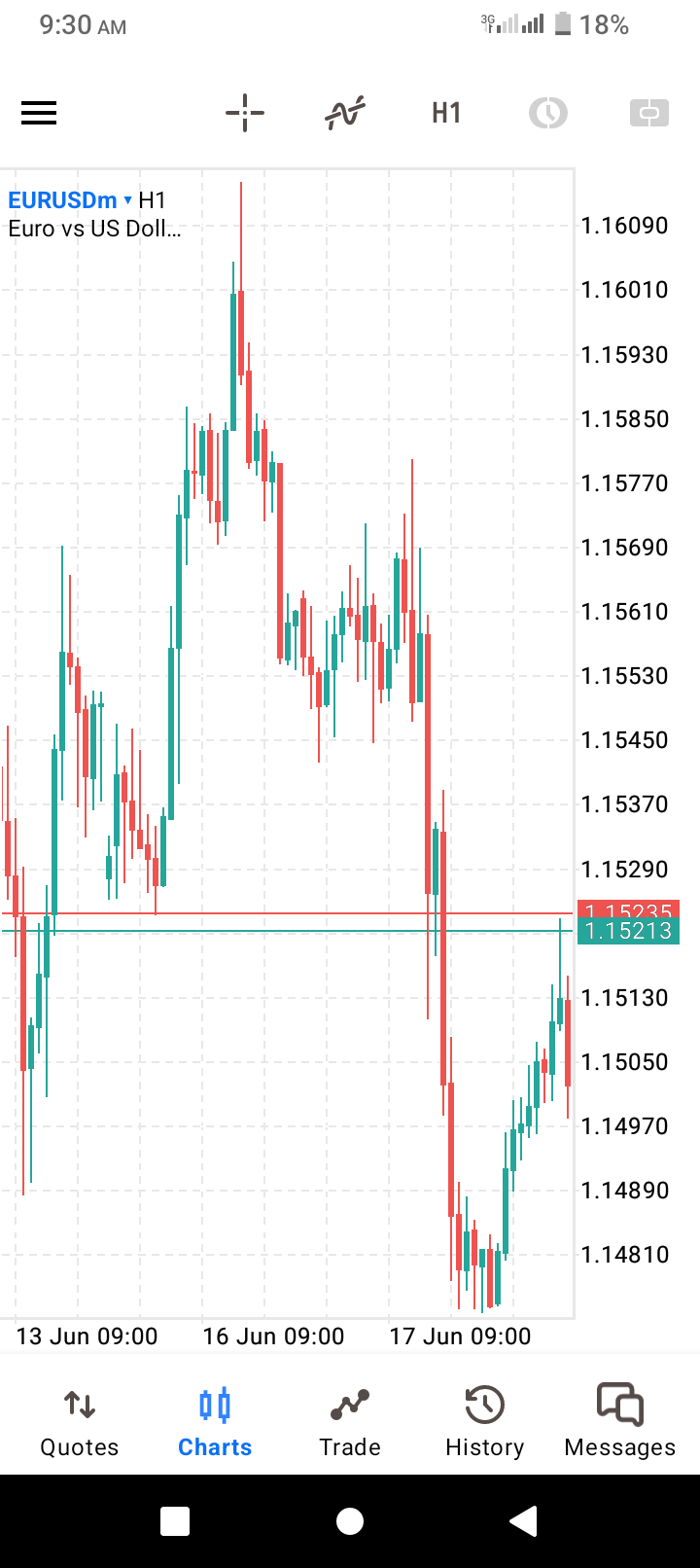Risk and money management are essential parts of successful trading. Even the best strategies can fail without proper control over risk. Managing how much you risk on each trade and how you handle your overall capital helps protect your account from large losses and emotional decision-making.
One of the most important principles is never risking more than a small percentage of your trading account on a single trade. Many experienced traders suggest keeping this risk between 1% to 2%. For example, if you have a $1,000 account, risking 1% means you should not lose more than $10 on a trade. This limits the impact of any one losing trade and helps you survive a string of losses.
Using a stop-loss order is a key tool in risk management. A stop-loss automatically closes your trade if the market moves against you by a certain amount. It sets a clear point where you admit the trade idea didn’t work and protects your capital. Equally important is using a take-profit level, where you exit with a gain. Setting both in advance helps you trade with discipline and reduce stress.
Another smart practice is calculating the risk-to-reward ratio before entering a trade. A common rule is to aim for a ratio of at least 1:2. That means for every $1 you risk, you aim to make $2. This helps ensure that even if you win fewer trades than you lose, you can still be profitable over time.
Money management also involves keeping your account size in mind. Avoid overleveraging or placing trades that are too large for your capital. Leverage can amplify gains, but it can also cause big losses if not used carefully.
Finally, having a clear trading plan and sticking to it helps you stay consistent. Emotions like fear and greed often lead traders to make poor decisions. Good money and risk management create structure and reduce the chances of emotional trading.
In summary, risk and money management protect your capital, help you stay in the game longer, and build a solid foundation for long-term trading success.


